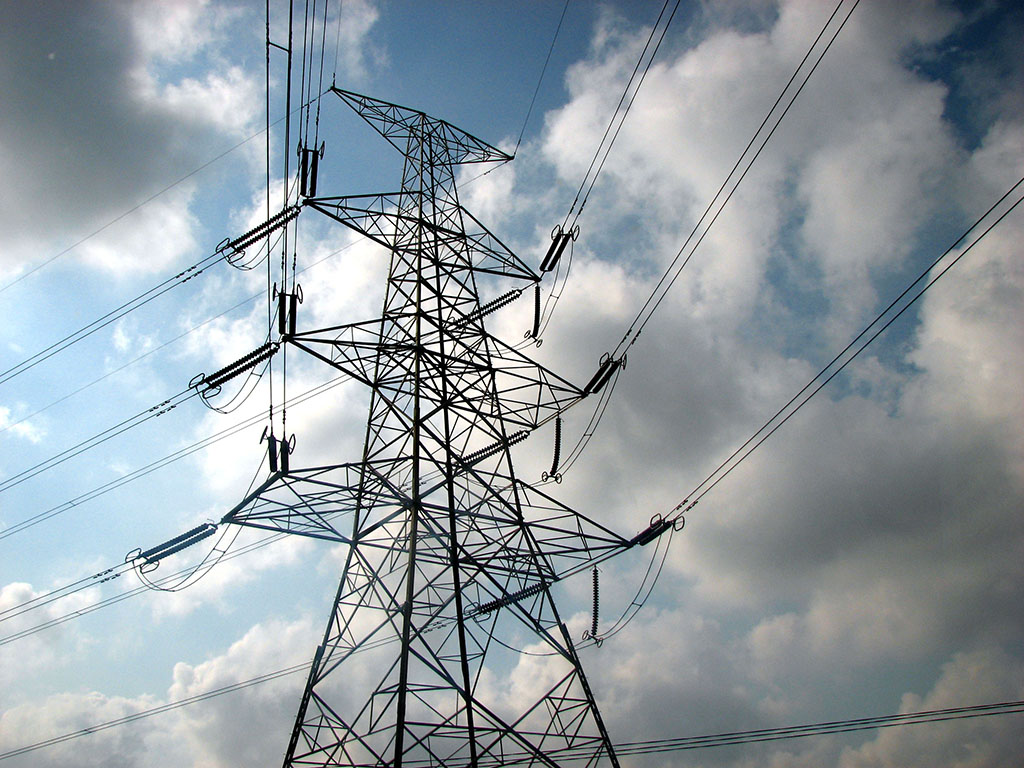India will reach 144 GW renewable energy capacity by FY2021-22, not far from the aspirational 175 GW target set back in 2015. This places India on track for a run-rate that will exceed its 275 GW target in 2027—forecasts Institute for Energy Economics and Financial Analysis (IEEFA) in its latest briefing note.
The IEEFA briefing note—titled “India’s electricity sector transition still on track despite a weak FY2018-19”—projects renewable additions through 2021-22 based on auction and tender activities during the past 18 months.
“Despite the evident chaos in incomplete installations, India exited the year 2018-19 with 22.5 GW of renewable capacity auctions awarded but yet to be built, and another 37 GW under various stages of tendering and bidding”—IEEFA highlighted as the basis for a healthy outlook for the industry.
Apparently, FY2018-19 turned out to be a sluggish year for India’s renewable sector in terms of increased generation capacity. New on-grid capacity additions in renewable energy stood at 8.6 GW (6.5 GW of solar, 1.6 GW of wind and 0.5 GW from other sources)—a disappointing 40% drop from the peak renewable energy installed in 2016-17.
IEEFA expects another near flat year for utility-scale solar with 7-8 GW commissioned by March 2020, owing to import restrictions on solar modules for two years (imposed in July 2018). In spite of this, 9 GW of rooftop solar could be installed in the coming three years, given the 68% growth rate in annual installation during calendar year 2018.
Wind power will most likely bounce back with potentially 5 GW of new capacity under construction right now with a commissioning deadline in FY2019-20.
Mitigating challenges crucial
Tim Buckley, co-author of the briefing note and IEEFA’s director of energy finance studies, views FY2018-19 as a ‘blip’ for the Indian renewable energy industry and expresses confidence that the long-term technology and price-based fundamentals of renewable energy will continue their upward trajectory.
Policy uncertainties as well as a lack of grid infrastructure are some of the key reasons for below-expected renewable capacity installations in FY2018-19. These include the challenges of grid expansion, ‘time-of-day’ pricing policies, land allocation issues, and setting fair upper caps on auction tariffs.
“The government of India must anticipate these challenges and plan to mitigate the risks as soon as possible,” IEEFA research associate Kashish Shah added.
100% electrification opens up enormous potential
According to IEEFA analysts, the energy security gains for India are compelling, particularly now that 100% electrification coverage has been achieved. This opens up enormous potential for progressive decarbonisation and growth in both the transport and stationary power sectors. In addition, the country’s ballooning annual oil import bill provides ample justification for supporting Prime Minister Narendra Modi’s grand solar ambitions.
For India to reverse the trend of over 20 GW of annual thermal power capacity additions in the first half of this decade and be able to exit the decade with 20-40 GW of annual renewable energy additions, would provide the world with a shining example for others to emulate.
This content is protected by copyright and may not be reused. If you want to cooperate with us and would like to reuse some of our content, please contact: editors@pv-magazine.com.









By submitting this form you agree to pv magazine using your data for the purposes of publishing your comment.
Your personal data will only be disclosed or otherwise transmitted to third parties for the purposes of spam filtering or if this is necessary for technical maintenance of the website. Any other transfer to third parties will not take place unless this is justified on the basis of applicable data protection regulations or if pv magazine is legally obliged to do so.
You may revoke this consent at any time with effect for the future, in which case your personal data will be deleted immediately. Otherwise, your data will be deleted if pv magazine has processed your request or the purpose of data storage is fulfilled.
Further information on data privacy can be found in our Data Protection Policy.